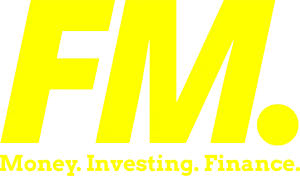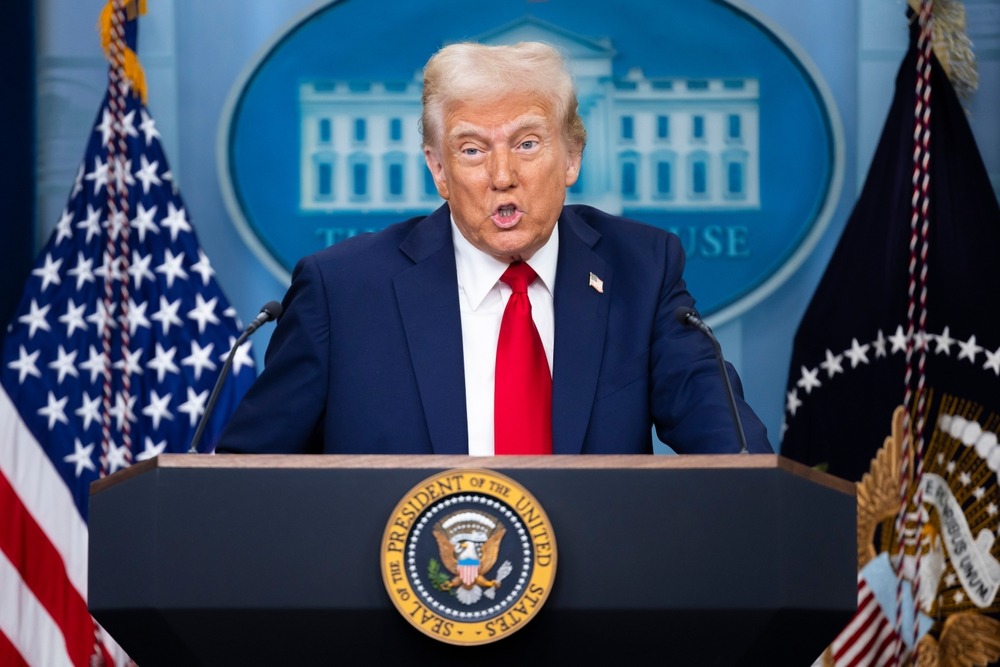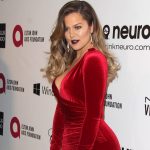Markets react to Trump’s latest comments as concerns grow over political interference at the U.S. central bank.
In a move that sent ripples through global markets, President Donald Trump has revived talk of firing Federal Reserve Chair Jerome Powell, a decision that would shatter longstanding norms around the central bank’s independence. Though the former president ultimately described the firing as “highly unlikely”, the renewed speculation rattled investors before markets rebounded on Trump's partial retreat.
The news was first reported by the BBC, which revealed that Trump had asked Republican lawmakers whether he should remove Powell and accused him of doing a “lousy job” managing interest rates and the economy. Trump, who originally appointed Powell in 2017, described him as a “knucklehead” during a fiery exchange with reporters at the White House.
Despite dismissing the idea as improbable—unless Powell were guilty of fraud—Trump’s comments reflect a deepening effort by his allies to discredit the Fed chief, just as the U.S. economy faces significant headwinds from inflation, trade tensions, and slowing global growth.
Fed Independence in the Crosshairs
The Federal Reserve, established in 1913, is designed to operate independently from the executive branch. Under U.S. law, the president can only remove a Fed governor “for cause”, a phrase historically reserved for serious misconduct—not for policy disagreements.
Yet, Trump has repeatedly attacked Powell for not lowering interest rates quickly enough to boost economic activity, even as other central banks like the European Central Bank and Bank of England have already pivoted to easing. The Federal Reserve’s current benchmark rate of 4.3% remains relatively high amid concerns that premature cuts could reignite inflation.
According to Associated Press, these tensions mark one of the most sustained political campaigns against the Fed in its modern history.
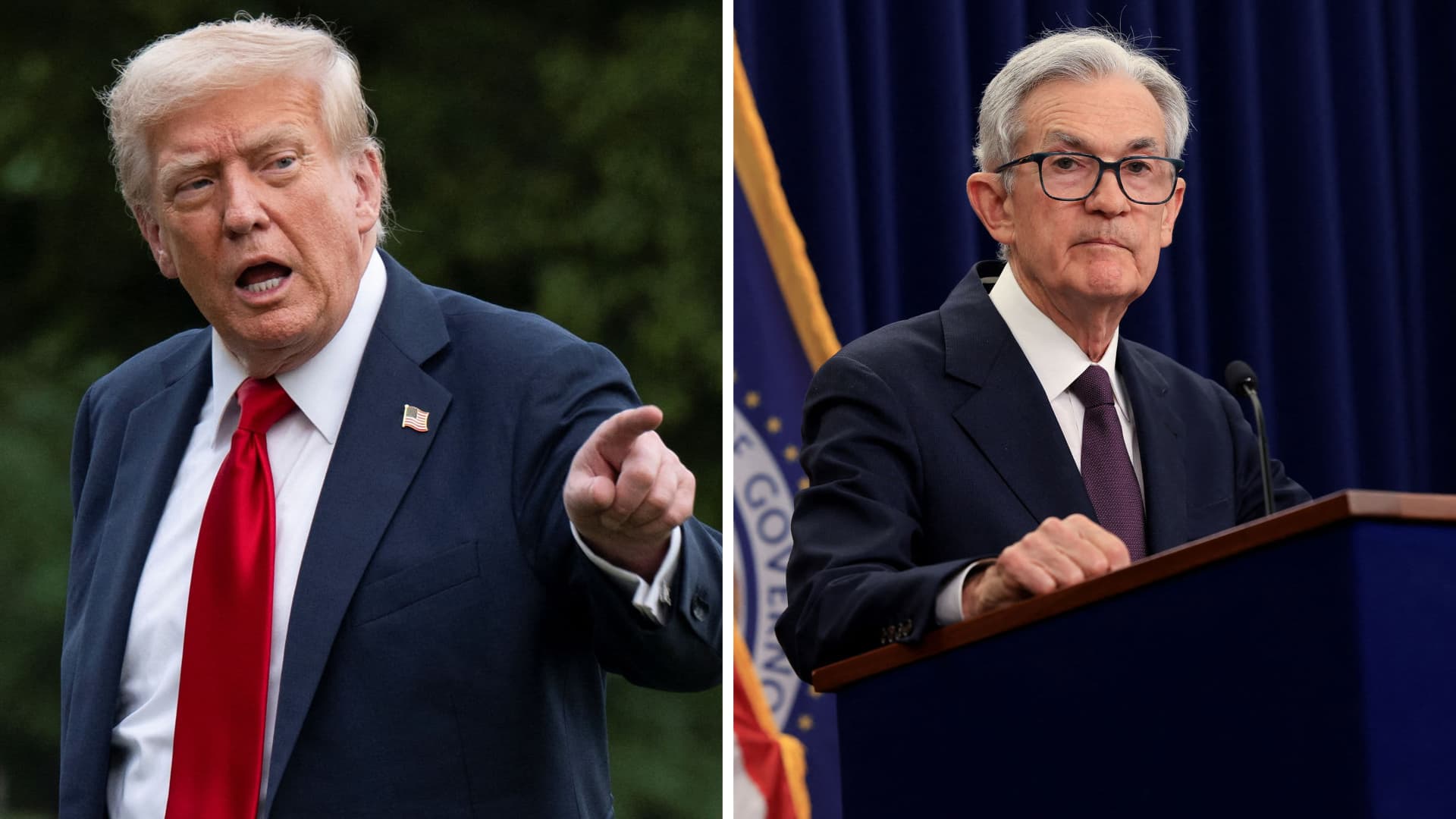
Donald Trump (left) and Federal Reserve Chair Jerome Powell (right) amid rising tensions as Trump hints at potential firing over monetary policy disagreements.
Trump Allies Escalate the Pressure
Several members of Trump’s inner circle appear to be laying the groundwork for Powell’s removal. Budget director Russell Vought recently called for an investigation into alleged cost overruns in the Fed’s $2 billion Washington renovation project—labeling the overspending a potential “fireable offense.” Trump echoed this sentiment, claiming the issue was “sort of” enough to justify dismissal.
Adding to the pressure, Republican congresswoman Anna Paulina Luna claimed on social media this week that Powell’s firing was “imminent,” stoking further speculation.
Market Reaction and Institutional Warnings
The initial leak of Trump’s comments sent U.S. stock markets and the dollar downward, though they stabilized after Trump downplayed the possibility. Still, experts have warned of the serious consequences of political interference.
In a statement to analysts, JP Morgan Chase CEO Jamie Dimon said:
“Playing around with the Fed can often have adverse consequences—the absolute opposite of what you might be hoping for.”
Other economists have issued similar warnings. New York Post noted that central bank independence is a cornerstone of modern economic stability and that threats to that independence could unnerve investors, depress bond markets, and destabilize long-term inflation expectations.
Who Might Replace Powell?
Treasury Secretary Scott Bessent confirmed that a “formal process” to identify Powell’s successor is already underway. Trump has floated several names, including:
- Scott Bessent, Treasury Secretary and close Trump ally
- Kevin Hassett, head of Trump’s National Economic Council
- Kevin Warsh, a conservative economist and former Fed governor
Powell’s current term as Fed chair expires in May 2026, though he can legally remain on the Federal Reserve Board until 2028.
Fed Defends Itself Amid Growing Scrutiny
The Fed has issued a quiet but firm rebuttal to Trump’s claims. In response to the renovation controversy, it has updated its website to clarify that the cost overruns were due to unforeseen issues, such as excess asbestos, and that the consolidation of its operations will ultimately save money.
Powell has repeatedly stated he intends to serve out his full term, and legal scholars largely agree that the president cannot remove a Fed chair over policy disagreements without facing substantial legal challenges.
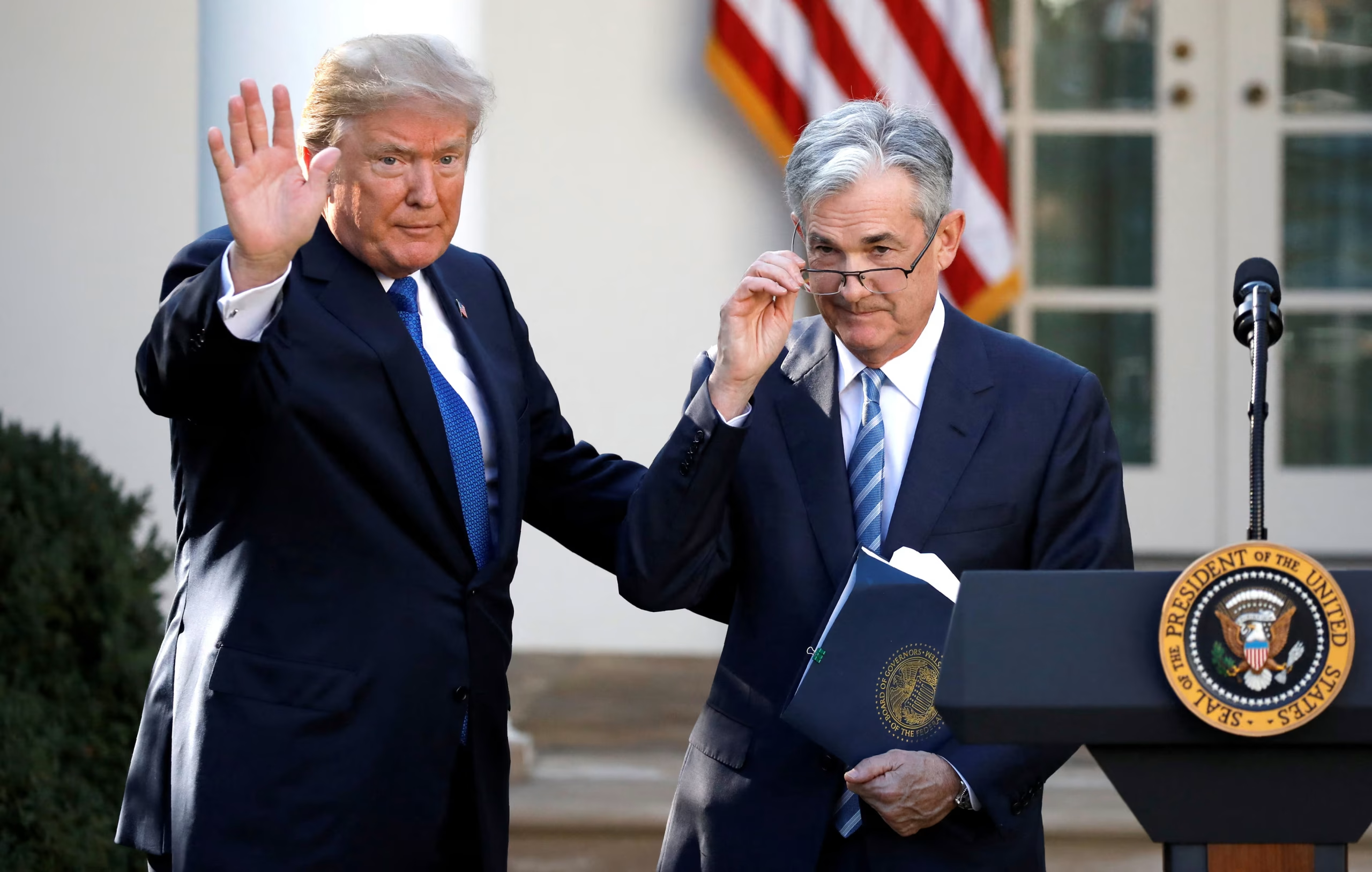
President Donald Trump and Fed Chair Jerome Powell wave to the crowd outside the White House in more amicable times, before rising tensions over interest rate policy.
People Also Ask (FAQs)
Can the president fire the Fed chair?
Technically, the president can only remove a Federal Reserve governor “for cause”, such as serious misconduct. Policy disagreements alone do not meet that threshold under U.S. law.
Why does Trump want to fire Jerome Powell?
Trump has long criticized Powell for not cutting interest rates fast enough, arguing that it slows economic growth. Recently, he's also accused Powell of mismanaging a costly renovation project.
What would happen if Trump fires Powell?
Firing Powell could trigger legal battles and spark market instability. It could also undermine the Fed’s independence, damaging investor confidence and economic predictability.
Who could replace Jerome Powell?
Potential replacements floated by Trump’s team include Treasury Secretary Scott Bessent, economist Kevin Hassett, and former Fed governor Kevin Warsh—all of whom share Trump’s economic outlook.
Final Thoughts: A Political Gamble with Global Implications
Trump’s renewed attacks on the Federal Reserve come at a precarious moment for the global economy. With interest rates, inflation, and geopolitical uncertainty already rattling financial systems, any move to destabilize central bank leadership could magnify the risks. While Trump insists a firing is “highly unlikely,” the persistent rhetoric raises real questions about how far he’s willing to go.
As the 2026 election cycle looms, the integrity and independence of the Fed may once again become a central theme in America’s broader economic debate.

